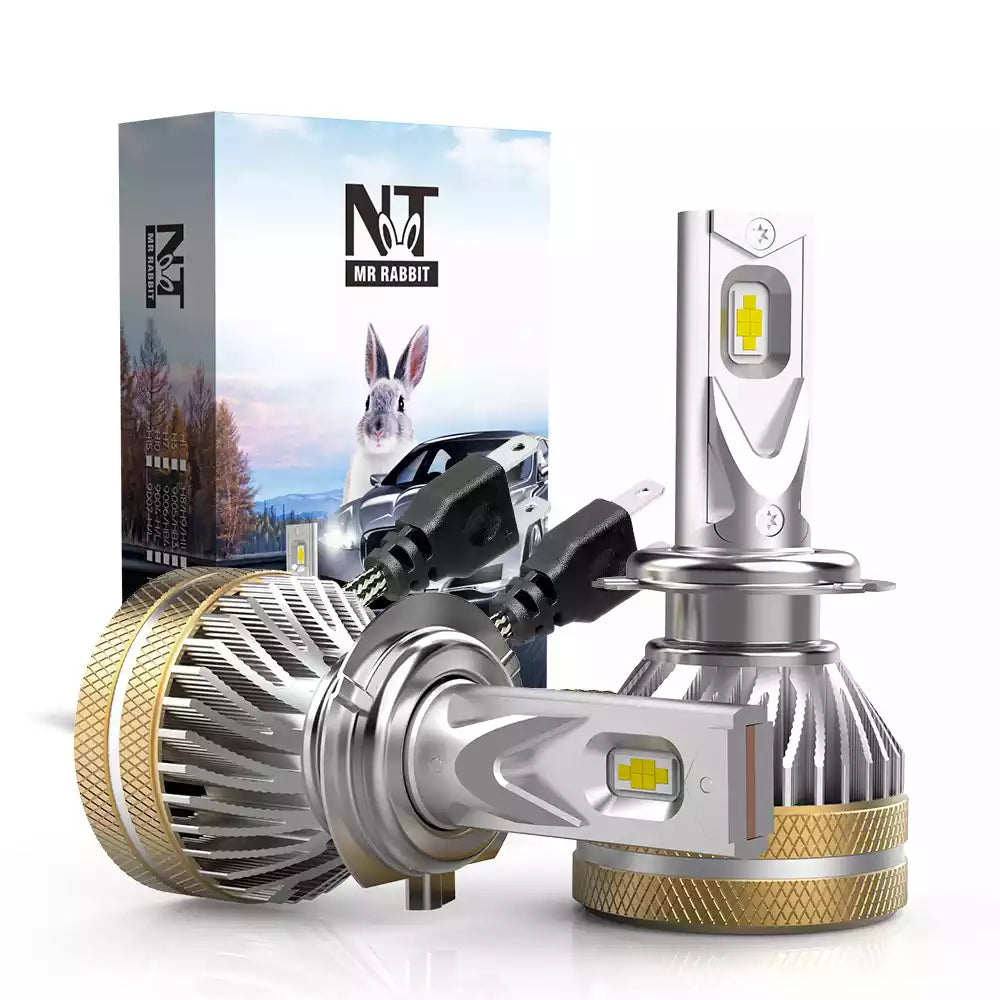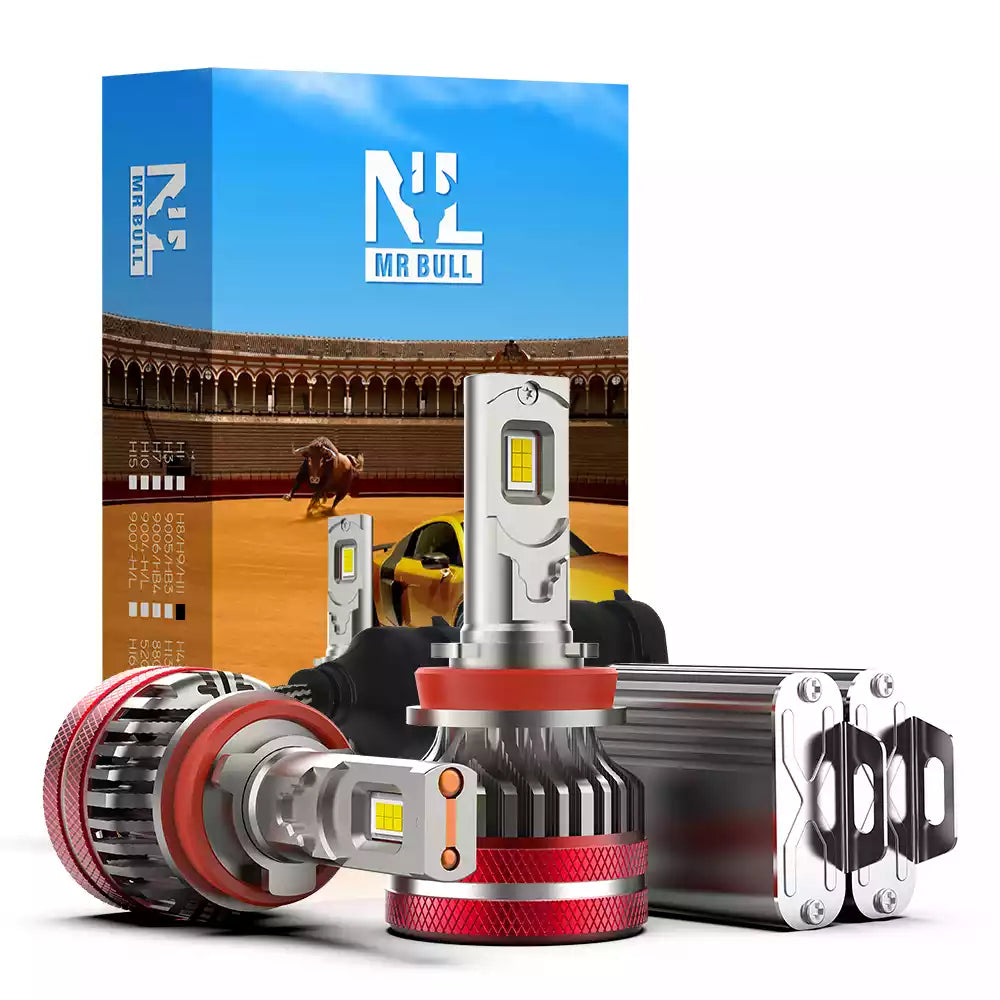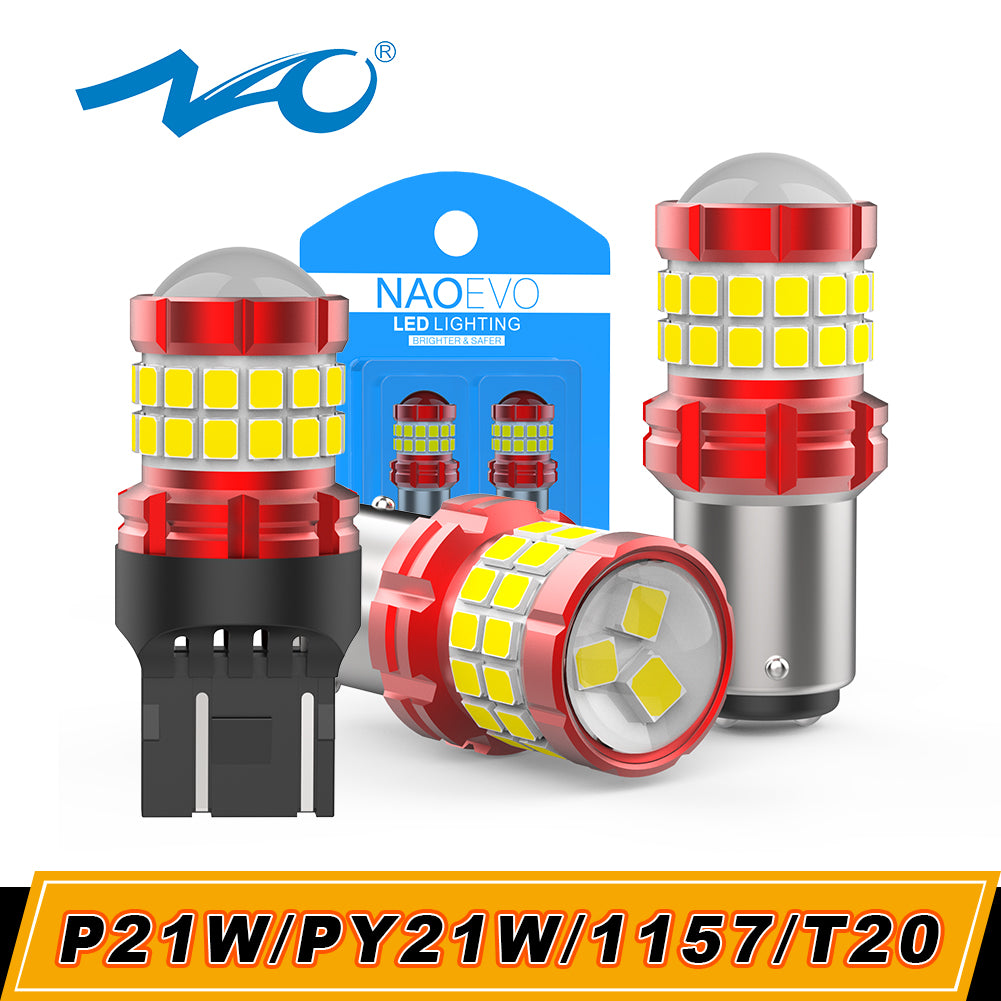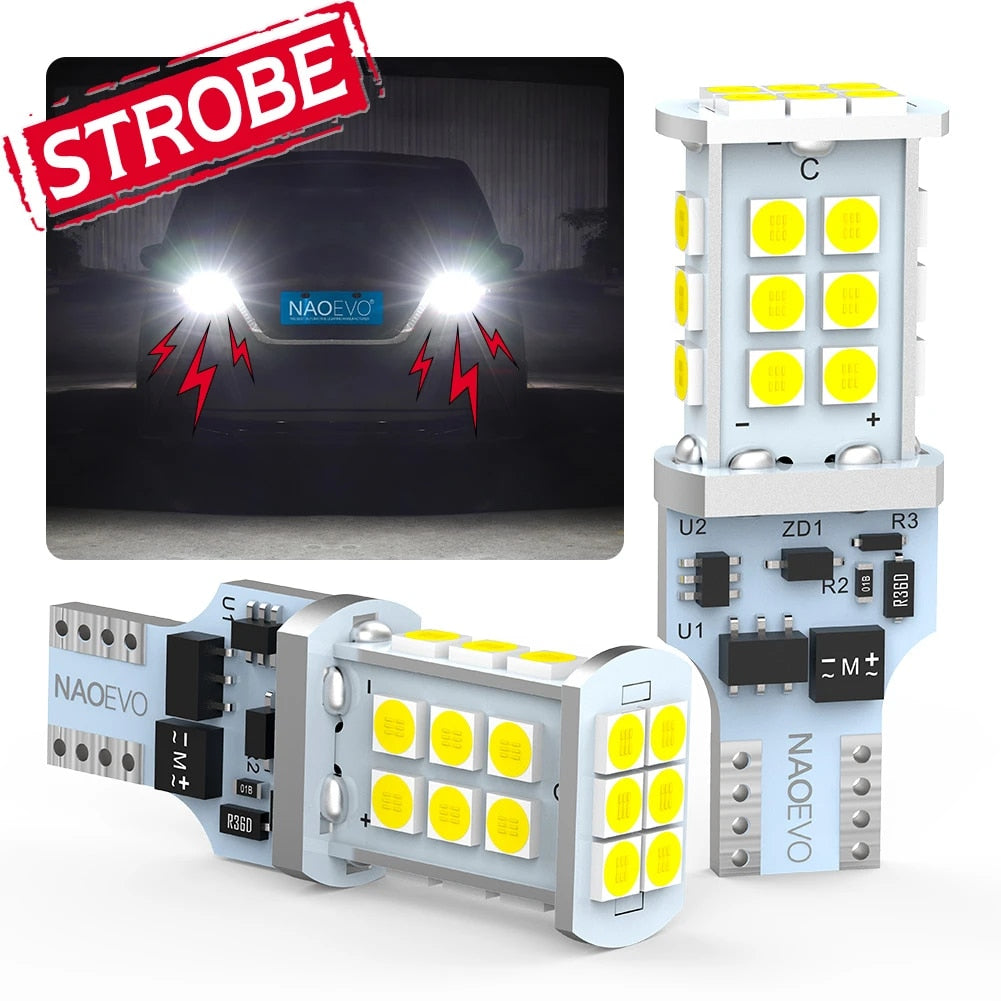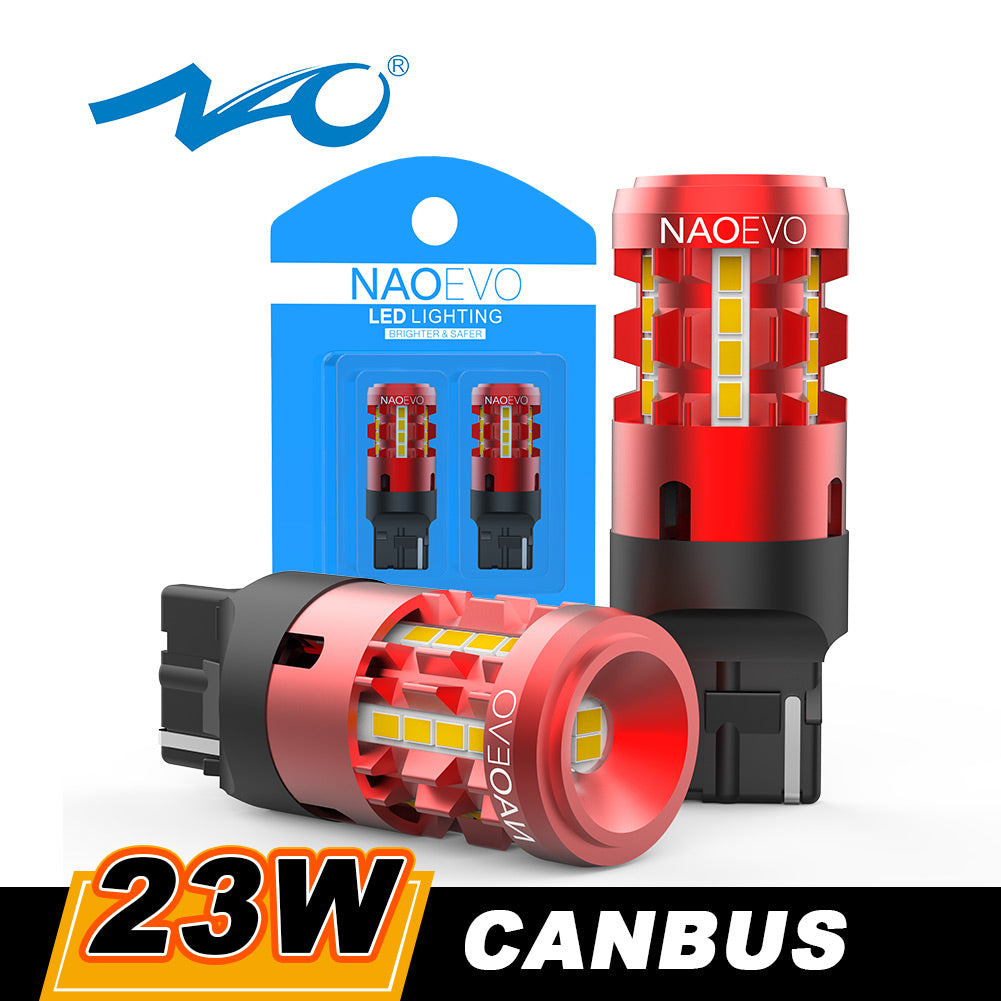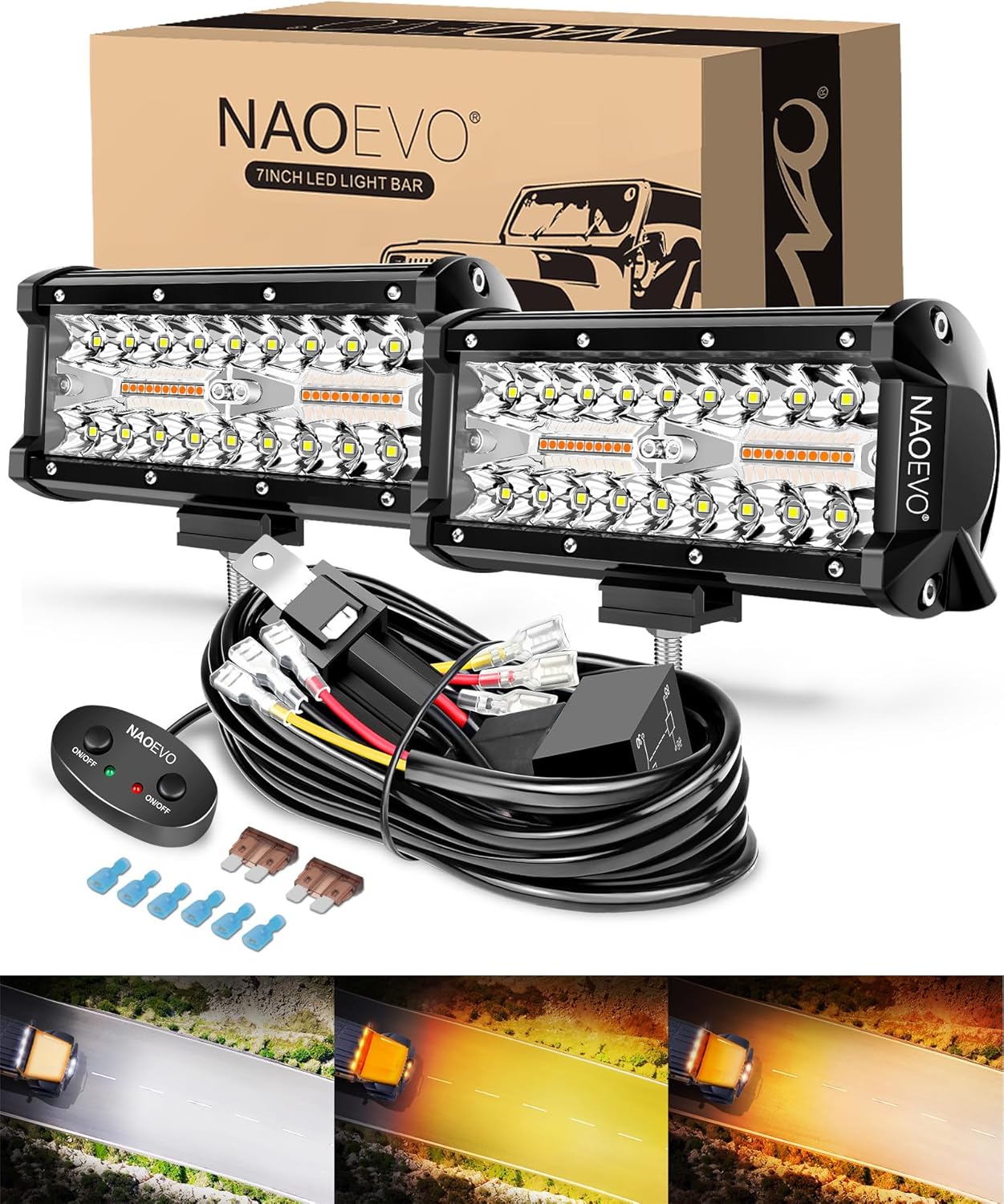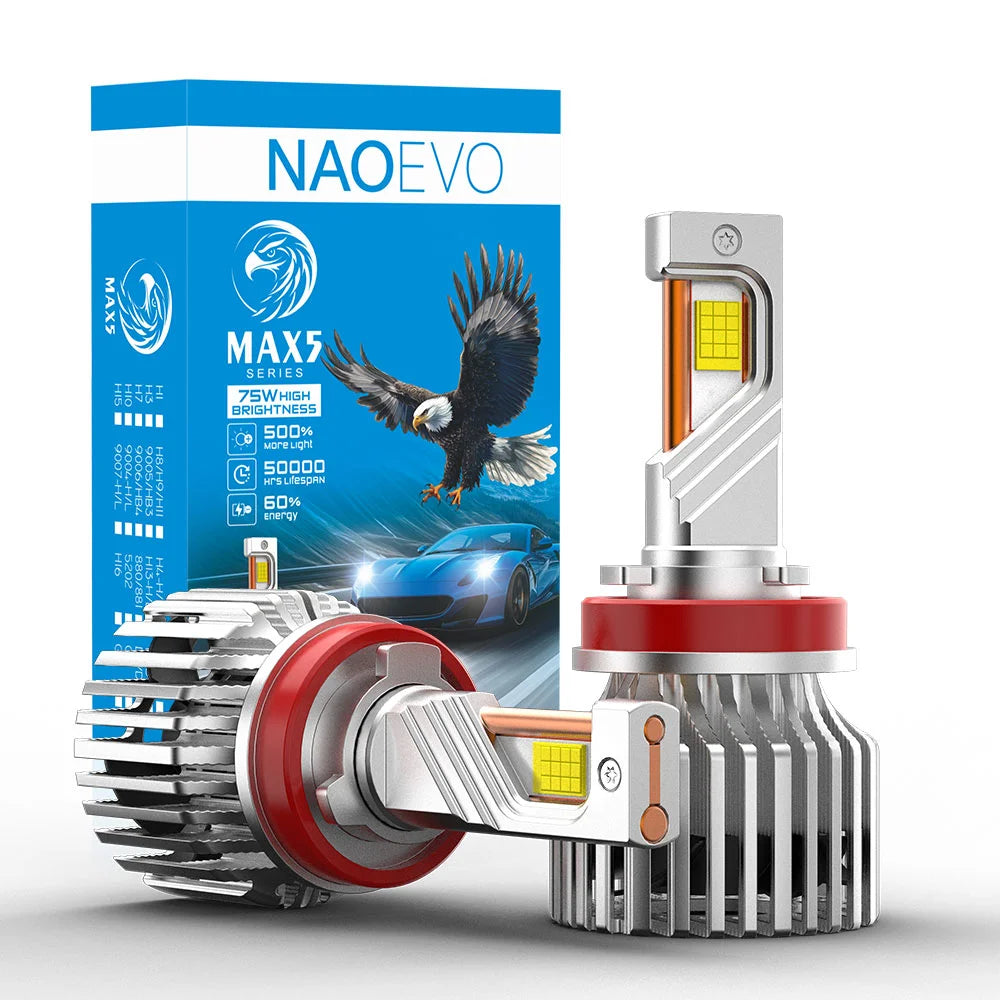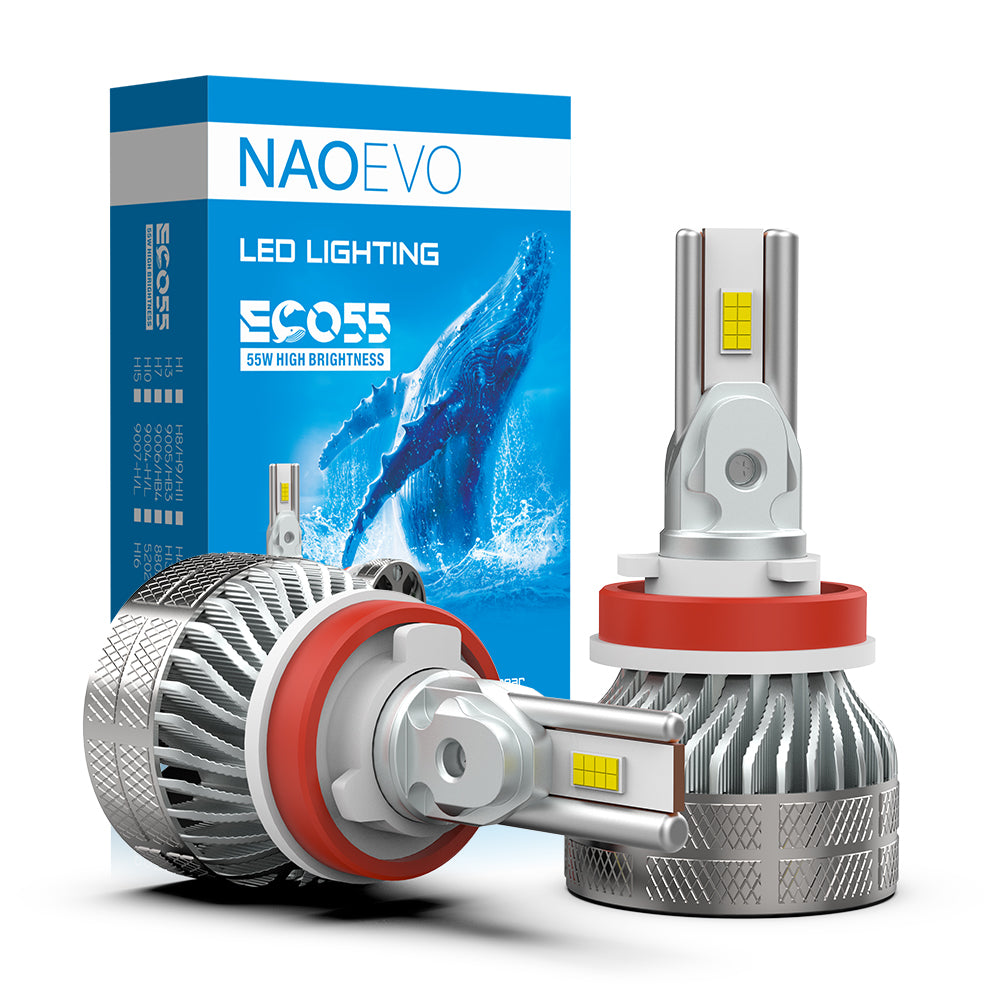Menu
Your cart is empty
Looks like you haven't added anything to your cart yet
Featured products
High Beams vs Low Beams: Any Difference? When To Use Correctly?
Every component of a vehicle has intention-designed to cater the road safety, and headlights are without exception. Car headlights have two main settings: high beams and low beams. Remember that, they are not only make your car attractive, but illuminate the road ahead so you can see clearly and let other drivers and pedestrians can see you.
So here comes the question: are there any distinctions between high beams and low beams? And when should we use them properly? For some senior drivers, they must think that these questions are quite easy to answer and in their mind, they must dumbly begin to scold those who inexplicably turn on the high beams. However, for some green hand drivers, the signal of high beam and low beam could be even hard to distinguish.
So, after reading this guide for high beams and low beams, you will have a deep understanding of these two beams, we will also make a full and detailed explanation of when we should use them correctly.
Low Beams & High Beams Functions
Low beams and high beams are both for night-time driving, but they have different functions.
In short, low beams are the most commonly used light source at night while the high beam is a secondary light source and only suitable for use when driving alone in very dark settings such as in rural areas, or the countryside without light.

What are low beams?

Low beams (dipped beam, passing beam, meeting beam) are the most important and most frequently beam used on the road whenever other vehicles are present ahead.
Low beams to provide a downward, asymmetric cutoff light to avoid glare towards the eyes of other drivers. They can illuminate about 40 meters ahead of vehicles. They are also a way for other drivers to see you. Quality headlight bulbs can produce a bright and standard low beam pattern with a standard 45 degrees cut-off line.
What are high beams?

High beams are also called main beams, driving beams, and full beams. They provide a long-range, centralized distribution of light to see better at a long distance, with no particular control of the glare towards other road users.
High beams should be only used for a short period of time or it will blind oncoming traffic, which can be very dangerous. Please notice that it’s illegal to keep high beams on for an extended period of time.
Nowadays, many cars are equipped with automatic high beams, which is a blessing. Vehicle will observe different driving conditions by artificial intelligence and automatically switch from high beam to low beam or turn off the light. It's necessary for road safety with automatic high beams setting.
When should I use low beams?
The downward light emitted from the low beams is ideal for driving at night if you don’t want to annoy other drivers with your sharp and glare high beams. Low beams produce low intensity light for short-range visibility. Knowing when to use low beams effectively is significant for your visibility and it’s also a responsibility to other drivers.
Low beams are the most suitable for city driving with streetlights. Low beams should also be used when you are coming up a car ahead of you and when an oncoming car is noticed. Driving in adverse weather such as fog, rain, smoke, or snow requires the usage of low beams.
City Streets
City streets are lit by streetlights providing better overall lighting which means that low beams are appropriate in these conditions. Driving in a low beam can make you see and be seen better. Even on a dim city street, there are usually enough ambient lights on the street to make low beams sufficient for nighttime driving.

Driving behind another vehicle
Many new drivers will easily forget about this circumstance, high beams approaching a vehicle from behind will reflect glare and dazzled light in the rear view mirror, which will blind the drivers in front of you. Therefore, if you turn on the high beam and come up with other vehicles, you should always switch to the low beam.

Meeting another vehicle
When another car is approaching you in the opposite lane. High beams will cause dazzling light, making it difficult for them to see clearly. You should change your high beam to low beam when there is oncoming traffic approaching you because a short-range light can have better control of glare from the oncoming traffic.

Low visibility environment
Driving in fog, rain, and heavy snow calls for the use of low beam lights. They illuminate the road with downward light which is best for penetrating through these adverse weather conditions. Best? You are likely thinking that I am wrong as high beams help to produce a stronger and further light to improve the sight lines. But, I say “No, No, No.” Believe me! It’s better to have your low beams on.
When should I use high beams?
The road can be a fun zone and a dead zone too, according to the statistics, more than 60% of the traffic accidents happened at night, and 30% of accidents are caused by the inappropriate use of high beams.
Therefore, knowing when and where to use high beams on different occasions not only gives you a sufficient view of the road ahead but also won’t cause visibility and safety risks for other drivers.
Dark road with no light and other traffic

High beams can be used for poorly lit roads (rural or country roads) or the highway with no traffic. As we mentioned above, high beams produce a strong, and high intensity bright light from the headlights to light up over 100 meters ahead of you. However, the use of high beams should be always done with the considerations of other road users in mind.
Warning signal
Do you know your high beam can be served as a warning signal of the oncoming traffic? You can remind other drivers by flashing your high beam once or twice instead of your horn to minimize noise pollution. While overtaking, using your high beam and horn can also get other drivers’ attention.
Low Beam vs High Beam Symbol
Low Beam Symbol

When the low beam is lighting up, the above symbol will illuminate on the dashboard. A low beam symbol is an image of a headlight with some diagonal lines. As you can see the rays point down towards the ground more than they point forward.
High Beam Symbol

This symbol is what you will find on the dashboard when you switch to high beam mode. High beams emit the ray point towards the front than to the ground.
Best LED headlight bulb for high beam!
NAOEVO Brightest ND Series LED Headlight Conversion Kit 140W 16800LM (2 bulbs)
Ultra Brightness:
NAOEVO ND series LED headlight bulbs are the ideal product for those who want to drive on the dark road with a sharp and perfect light beam. Equipped with 6*60MIL large size flip-chip, these bulbs provide 140W 16800LM 6500K ultra brightness for you to see clearer and better at night. Never be afraid of driving on the dim road, ND LED bulbs make you safe and confident!

Effective Heat Dissipation:
You may confuse about this: installing such high power LED bulbs, can the temperature of the bulbs be well controlled so that they won’t cause damage to the headlights? Getting the ND LED bulbs, you don’t have to worry about this issue.
ND LED headlight bulbs are equipped with two copper heat pipes that can transfer the heat two times faster than other normal LED light bulbs. And then cooperating with 6063 aluminum heat sink and 8500RPM high-speed mute fan for efficient heat dissipation. The lifespan of ND is up to 50,000 hours.

Unique “Spider” Design
Another feature that makes ND stand out from the crowd is its unique design. NAOEVO has a first-class design team who possess extensive experience and is full of creativity. The bottom of ND is customized as a stylish and cool “spider”, which implies the meaning that “ only by creating infinite possibilities can the possibilities be boundless”. It’s not only a design concept but also a motivation to the customers.
ND LED Headlight Bulb Testing

(Low beams of ND LED light bulbs)

(High beams of ND LED light bulbs offer high intensity brightness for long-distance visibility)
Best LED headlight bulb for low beam!
NAOEVO Max3 LED Light Bulb 120W 13000LM (Set of 2)
High Brightness
The Max3 LED light bulbs are arguably having the best light beam pattern among all the other LED headlights. Equipped with 6*60MIL large size chip, these Max3 LED bulbs provide 120W 13,000LM 6500K a brighter and stronger light than other normal LED headlights.

Excellent Heat Dissipation
Good heat dissipation is the basic element for the normal operation of LED light bulbs with high power.
Max3 LED car light bulbs adopted the latest cooling technology: with dual copper heat pipes and slim copper substrate, they can transfer 20 watts of heat each time which is 2 times more efficient than other high power LED bulbs only with a simple fan. Besides, a large 6063 aluminum heat sink with a high speed mute fan also contributes to faster heat radiation.
Better heat dissipation makes Max3 LED bulbs more durable thus having a lifespan of over 50,000 hours. Max3 LED headlight bulbs will stay on even when your vehicle stop working.

99% Compatibility
Finding the right size for your headlights is the No.1 step. However, even you buy the right bulbs, you will run into another problem--- your LED headlight bulbs could not work properly.
To solve this issue, NAOEVO Max3 LED headlight bulbs come with an intelligent Canbus driver that can be fixed in 99% of vehicles. Max3 LED light bulbs ensure ZERO error codes such as radio interference, dashboard warning, or flashing.
Max3 LED Headlight Bulb Testing

(Low beam with standard 45 degrees cutoff line without any glare)

(High beam produces a stronger light for further vision)
FAQs
💬Do high beam and low beam use the same bulb?
Actually, it depends upon the maker of your headlights.
Headlight system with two housing on each side will use one for low beam and the other for high beam. They use different bulbs.
Headlight with only one housing on each side will have one bulb with two filaments, they use the same bulb for high beam and low beam.
💬Do low beam and high beam use the same bulb size in single beam assembly?
It depends on your headlight assembly.
There are a few cars that use the same bulb size for high beams and low beams. But most of the cars have different bulb sizes for high beam and low beam.
You can take out your headlight system and see the bulb models, or check out the bulb size by using some “Bulb Size Guide” tool.
💬When should NOT use high beams?
1. Never in a rainstorm, snowstorm, or fog - they will make your vision even worse, high beam will shine directly into the fog or other precipitation, which will reflect the sharp light back to you.
2. Never when approaching or following other traffic that is within 500 feet of you - high beams will cause a strong glare to other drivers.
3. Usually not in residential areas - it will blind other drivers who just entering the roadway or traffic stream.
4. Never use when driving on a winding road - coming around a corner and meeting another vehicle with high beam light will blind them, and they will head in your direction.
💬How do high beam and low beam work?
When the low beams need to be on, then the filament at the top turns on (or low beam bulbs turn on), lighting upwards into the projector or bulb reflector, then angles towards the ground.
When the high beams need to be on, then both filaments (or both bulbs turn on) and reflect straight at a long distance.
💬Is fog light the same as low beams?
No. Fog lights produce additional light to the front of the vehicle without causing a hazard. They are designed to work in conjunction with the low beam to provide better illumination.
Fog lights are not required by law, they can be found in your headlight assembly which is typically located on top of your front bumper.
💬Are high beams brighter than low beams?
Yes, high beams illuminate brighter and stronger light than low beams, high beams help to see a longer range of visibility while low beams are suitable for short-range.
💬How do you switch your headlight from low beams to high beams?
When your headlights are on, they are naturally in the low beam position.
To turn on the high beams, push the signal lever away from you towards the instrument panel, and the blue high beam signal will illuminate.
To switch back to low beams, pull the signal lever back towards you until it clicks into place.
- Choosing a selection results in a full page refresh.












